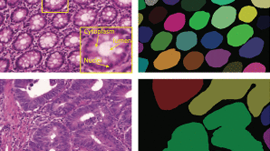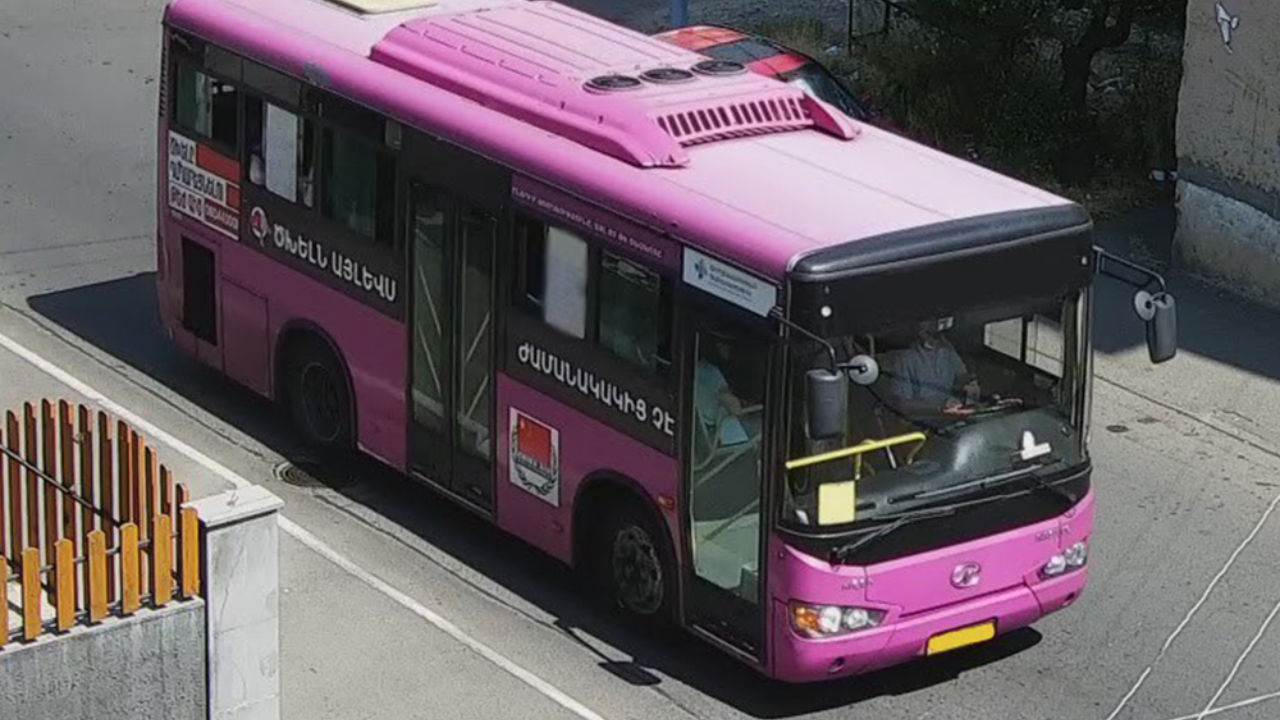NVIDIA Jetson Nano is paving the way to detect certain types of cancer sooner.
Adam Milton-Barker’s grandfather, Peter Moss, was diagnosed with a terminal illness, Acute Myeloid Leukemia, in 2018. One month prior, doctors had given his grandfather an ‘all clear’ during a routine blood test with no signs of leukemia. At the time, he was convinced there should have been some sort of sign about the disease.
Milton-Barker had previous experience using AI for breast cancer detection and wanted to see if what he learned could be applied to leukemia detection. In memory of his grandfather, he established the Peter Moss Acute Myeloid & Lymphoblastic Leukemia AI Research Project, an open-source research project dedicated to creating free technologies focused on the early detection of leukemia.
Fast forward to August 2021 when Milton-Barker demonstrated a project testing the capabilities of NVIDIA Jetson Nano for the classification of Acute Lymphoblastic Leukemia (ALL) at the edge. This project was also his submission for the NVIDIA Jetson AI Specialist Certification.
A Nano solution to a big challenge
Using Jetson Nano, the project can detect and classify instances of ALL in images of tissue samples from the Acute Lymphoblastic Leukemia Image Database for Image Processing dataset.
The project has steps for developers to train custom convolutional neural networks (CNNs) developed using the Intel oneAPI AI Analytics Toolkit and Intel Optimization for TensorFlow to accelerate the training process. It also includes instructions to use TensorRT for high-performance inference on the Jetson Nano to classify ALL.
Developers can convert the trained model into TFRT, ONNX, and TensorRT formats to test how each architecture yields different inference times. As seen in the results, TensorRT cuts the inference time down from the original 16 seconds per image to just 0.07 seconds:
- TensorFlow Model: 16.357818841934204
- TFRT Model: 8.33677887916565
- TensorRT Model: 0.07416033744812012
Milton-Barker summarized: “When comparing the performance of the TFRT model with the TensorRT model we see an improvement of [an additional] 8 seconds, demonstrating the pure power of TensorRT and the possibilities it brings to AI on the edge.”
In the GitHub repository for this work, he noted: “This project should be used for research purposes only… Although the model is accurate and shows good results both on paper and in real-world testing, it is trained on a small amount of data and needs to be trained on larger datasets to really evaluate its accuracy.”
Lend a hand
Interested in helping further this research? This project requires an NVIDIA Jetson Nano Developer Kit and the Jetson Nano Developer Kit SD Card Image. For information on how to set up your Jetson Nano visit Getting Started with Jetson Nano Developer Kit.
You can access a docker image for easy installation of the software needed to replicate this project on Jetson Nano from this repository.
Additionally, you will need access to the Acute Lymphoblastic Leukemia Image Database for Image Processing dataset. Learn more about contributing to this project and apply to access the dataset.
For more information about Acute Lymphoblastic Leukemia, visit the Peter Moss Leukemia Medtech Research page.










